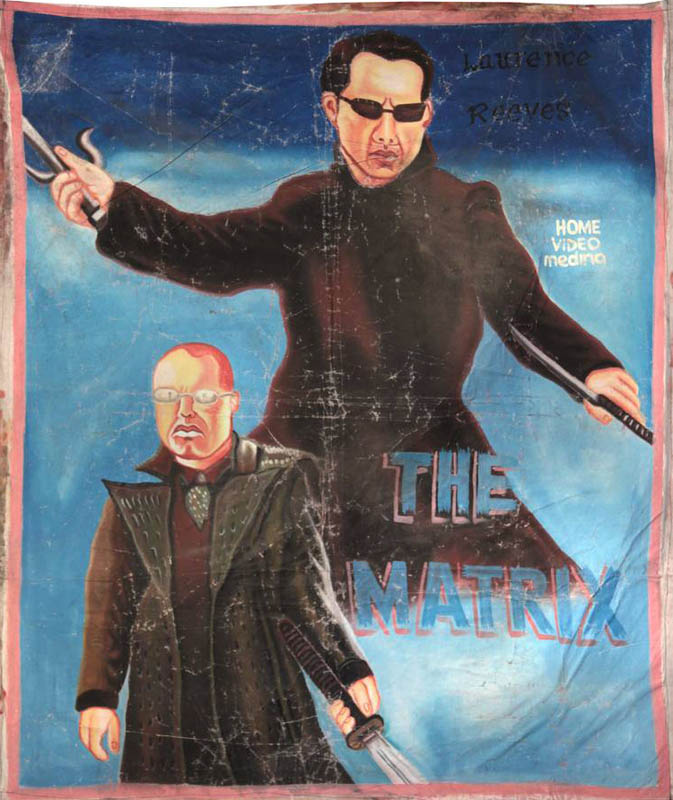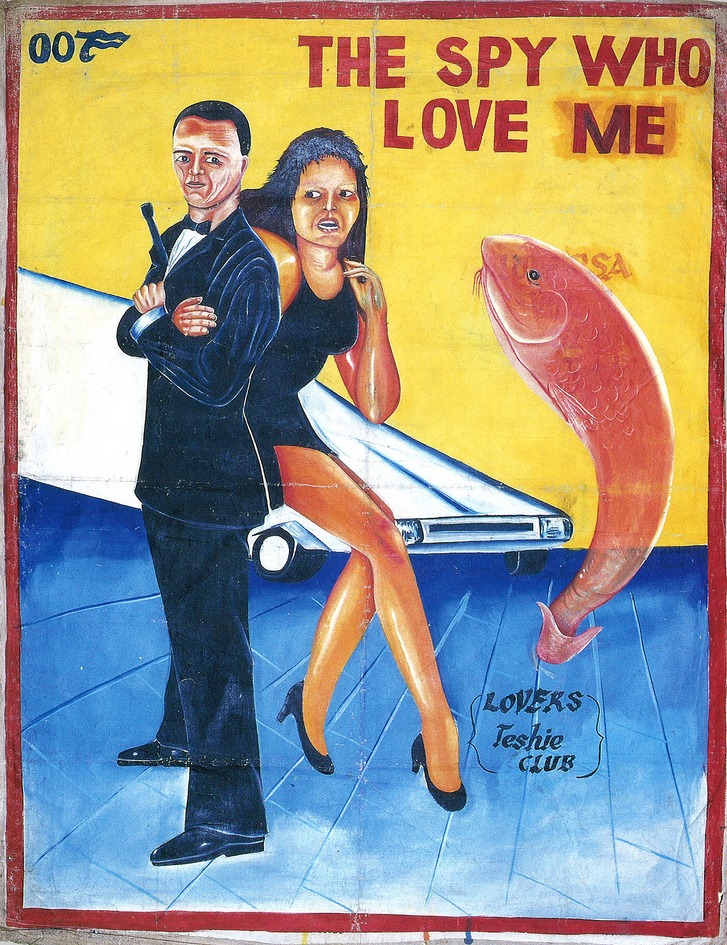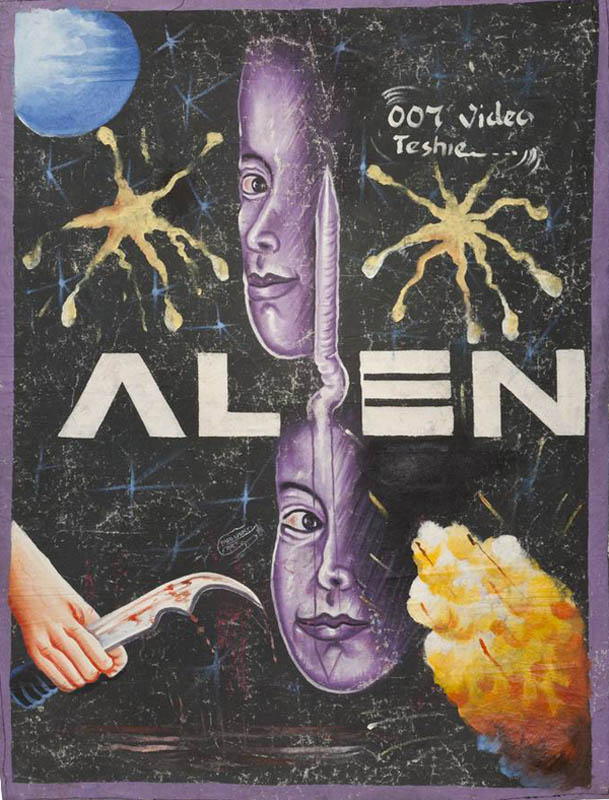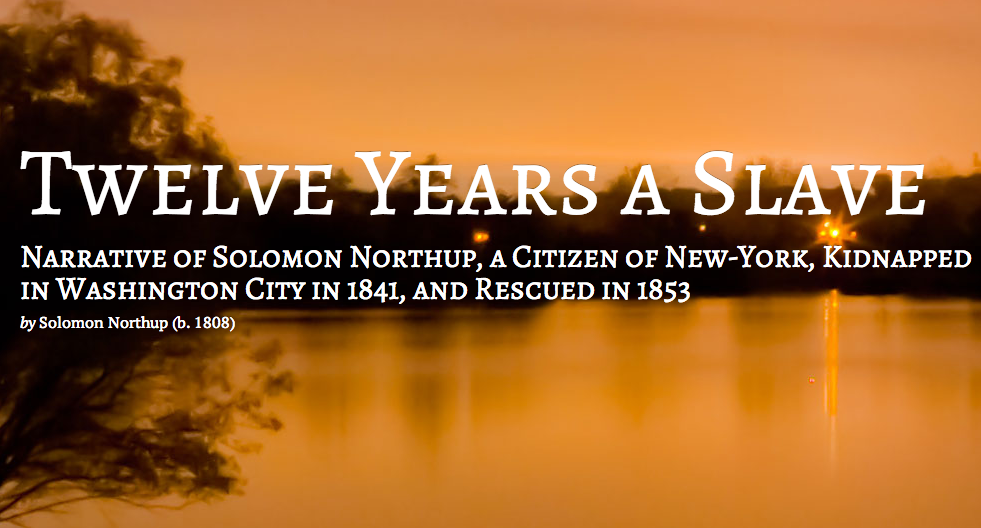Last year, I had a chance to interview Steven Soderbergh for Side Effect, his final theatrical feature before his supposed retirement. During our discussion, he mused on the future of cinema.
There’s a new grammar of cinema out there. I’m convinced that there’s another sort of iteration to be had, and I don’t know what it is … I feel like we’re not taking advantage of how sophisticated we’ve gotten at reading the images. It’s not about the number of images or how fast those images come. It’s about loading each one with so many preexisting associations that the audience is doing a lot of work. No one has really challenged them before to mine all of these associations they have from seeing the images their whole lives.
When he was saying this, I confess that I had a hard time imagining what he was describing. But last week, Soderbergh uploaded a video to his website that might be what he had in mind – a mashup of Alfred Hitchcock’s masterpiece Psycho (1960) and Gus Van Sant’s shot-by-shot remake (1998). (You can watch a fragment above and the long, complete mashup here.)
For much of the piece, Soderbergh alternates between a scene from the original and one from the remake – Anne Heche, who plays Marion Crane in Van Sant’s version leaves her apartment for work and in the next scene, Janet Leigh shows up at the office. At other moments, he cuts back and forth within the scene; at one point the Marion from the remake is at a traffic light and sees her boss from the original movie. And during a few key points in the film — like the famed shower scene, which you can see above — Soderbergh does something different. That sequence opens with Heche disrobing and lathering up. But when the killer starts stabbing, Soderbergh jarringly overlays the original movie over top the remake, creating a disconcerting kaleidoscopic effect.
If there were any movie laden with “many preexisting associations,” it would be Psycho. All of Hitchcock’s simmering voyeurism, fetishism and general psychosexual weirdness come to a boil in this movie. Ever since it came out, filmmakers from Douglas Gordon to Brian De Palma have been trying to unpack its power.
When Van Sant unveiled his movie in 1998, audiences and critics alike were baffled. “Why bother,” seemed the general consensus. Indeed, Van Sant seems to have pulled off the enviable feat of snookering a Hollywood studio into funding a big-budget conceptual art film.
By intercutting the original with the copy, Soderbergh forces the audience to reappraise both by casting the greatness of Hitchcock’s movie and the oddness of Van Sant’s effort in a new light. You can watch the entire mashup here.
Related Content:
Who Directed the Psycho Shower Scene?: Hitchcock’s Film & Saul Bass’ Storyboards Side by Side
Alfred Hitchcock’s Rules for Watching Psycho (1960)
Alfred Hitchcock Tantalizes Audiences with a Playful Trailer for Psycho (1960)
21 Free Hitchcock Movies Online
Jonathan Crow is a Los Angeles-based writer and filmmaker whose work has appeared in Yahoo!, The Hollywood Reporter, and other publications. You can follow him at @jonccrow.









